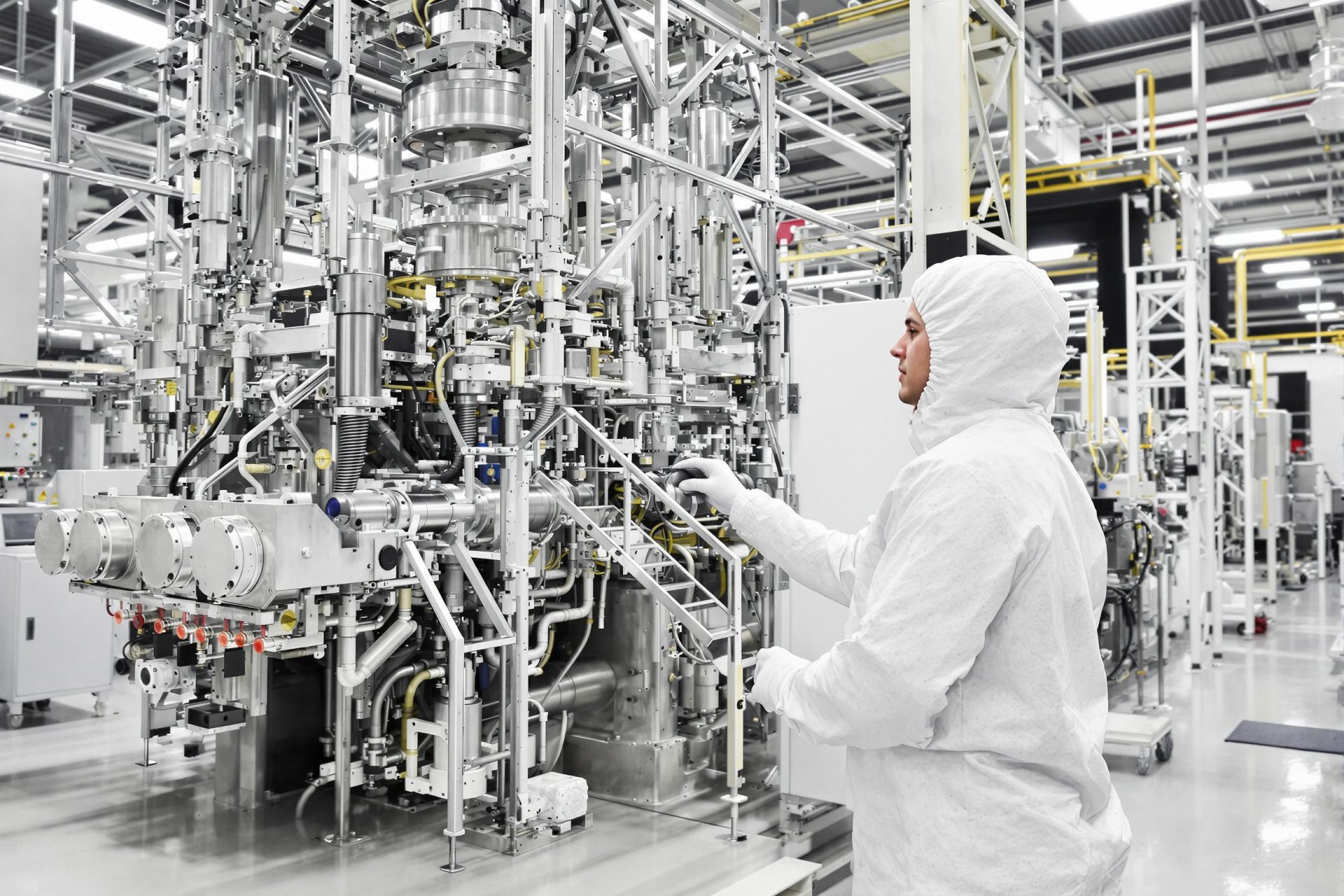Key Takeaways
- Intel’s next big processor, Panther Lake, is on the horizon.
- It’s the first chip built using Intel’s cutting-edge 18A manufacturing technology.
- This processor is vital for Intel’s future in the competitive CPU market and its chip-making services.
- Panther Lake aims for major performance gains, especially for AI, featuring a powerful Neural Processing Unit (NPU).
- It combines new performance cores (Cougar Cove) and efficiency cores (Darkmont) alongside improved Xe3 graphics.
- Primarily designed for laptops, it will offer different power settings.
- Samples are already being tested by partners, with large-scale production planned for late 2025.
Intel is gearing up for Panther Lake, a processor that represents a significant milestone for the company.
This chip is crucial because it’s the first to be manufactured using Intel’s own advanced 18A process technology. Its performance is expected to deliver a substantial boost in computing power, particularly for artificial intelligence applications.
Much is riding on Panther Lake’s success, impacting both Intel’s position in the processor market and its Integrated Foundry Services business, which makes chips for other companies.
Think of it as more than just another chip; its performance could shape Intel’s direction in the near future.
Under the hood, Panther Lake will use a mix of core types: high-performance P-Cores (based on the new Cougar Cove design) and efficient E-Cores (using the Darkmont architecture). This combination targets much better overall performance.
A key feature is its Neural Processing Unit (NPU),专门 designed for AI tasks. According to details shared by Guru3D, this NPU is expected to deliver up to 180 TOPS (trillions of operations per second), making it well-suited for demanding AI workloads.
While full specifications are still under wraps, Panther Lake is shaping up to be a strong competitor in high-performance computing.
The main focus for Panther Lake will be notebooks. Configurations will likely include up to four P-Cores, eight E-Cores, and four low-power E-Cores, offering flexibility for laptop designs.
Graphics power gets an upgrade too, with Intel’s Xe3 “Celestial” architecture providing capable integrated visuals.
Laptop makers will have options with 15W, 25W, and 45W power versions, allowing them to balance speed and battery life effectively.
Intel has already started sending out early versions (engineering samples) to its partners, signaling that development is progressing well ahead of planned mass production starting in late 2025.



